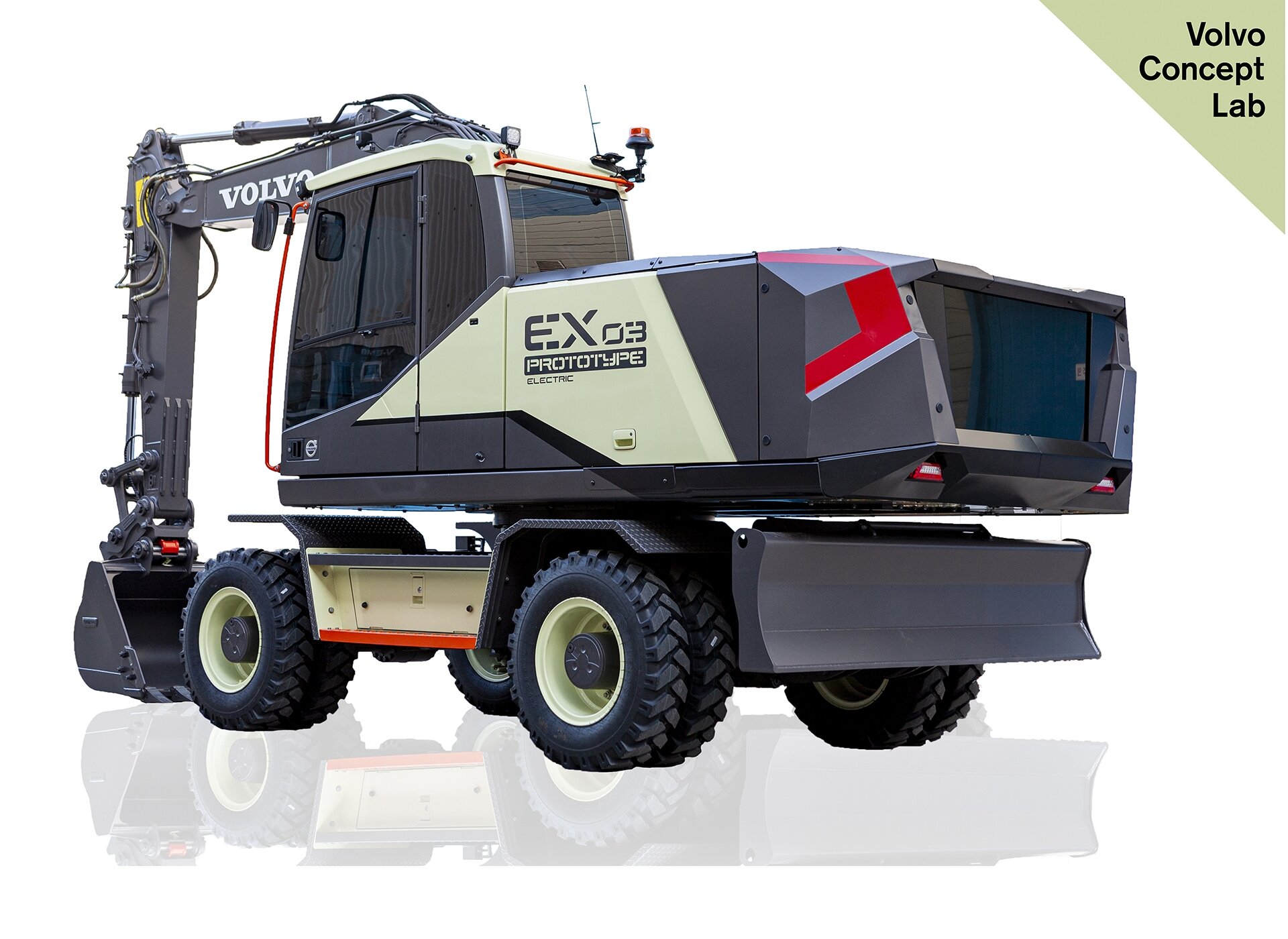Photo by Aaron Volkening, CC BY 2.0
One of the most highly versatile and useful pieces of equipment on any construction site is a compact loader, also known as a skid steer, or “Bobcat.” They're also the piece of equipment most often stolen from jobsites, due to their size and availability. There’s an inherent choice you have to make when choosing a compact loader, however, and it can make all the difference: tracks or wheels?
“SkidSteerJeff” recently wrote a blog post on Caterpillar’s website hoping to make that decision a little easier for you. In general, Jeff says, a tracked loader is almost always the preferred machine over the wheeled versions, with a few exceptions.
Whereas tracked loaders give users more traction, less ground disturbance, and enhanced lifting capabilities, wheeled loaders can reach higher ground speeds and are better for working on asphalt and concrete. Running tracked machines on hard surfaces can cause premature wearing and increase overall maintenance costs.
Jeff does note that, although tracks can lead to higher maintenance costs, they do allow longer working seasons versus wheeled machines. Wheeled loaders can easily become stuck in wet and thawing ground in the early Spring and also in sandy soils. Tracked machines can also have up to 30% more bucket capacity due to their heavier undercarriage and increased stability.
As an additional resource, Stanley “Dirt Monkey” Grenadek also put together a video on YouTube comparing tracked and wheeled skid steers. From a landscaping perspective, he believes wheeled loaders are best for demolition work and when you need compaction. In my opinion, using a loader for compaction is something that would only be suitable for fairly small jobs. Track machines, Genadek says, are much better for floating on top of soil and for small grading operations. For those of you who need the best of both worlds, he suggests rubber tracks over rubber tires.
What do you think? Are tracks or wheels the way to go? Tell us why in the comments!
Full story: Tracks vs. Wheels: Choosing the Right Compact Loader for Your Needs | CAT: On the Level











Last summer, Hilti announced that they had developed their first exoskeleton designed for construction tradespeople in a partnership with Ottobuck, a prosthetics, orthotics, and exoskeleton provider. Earlier this month, Hilti officially released the exoskeleton, announced more details, and published its retail price on their website.